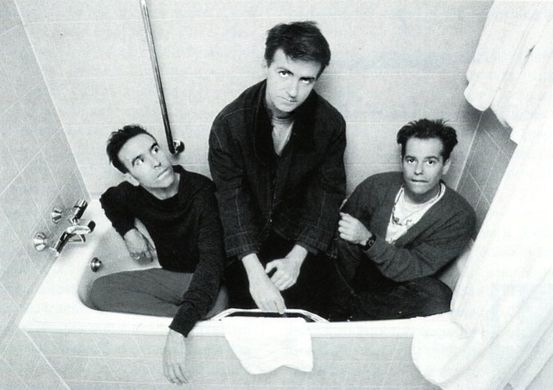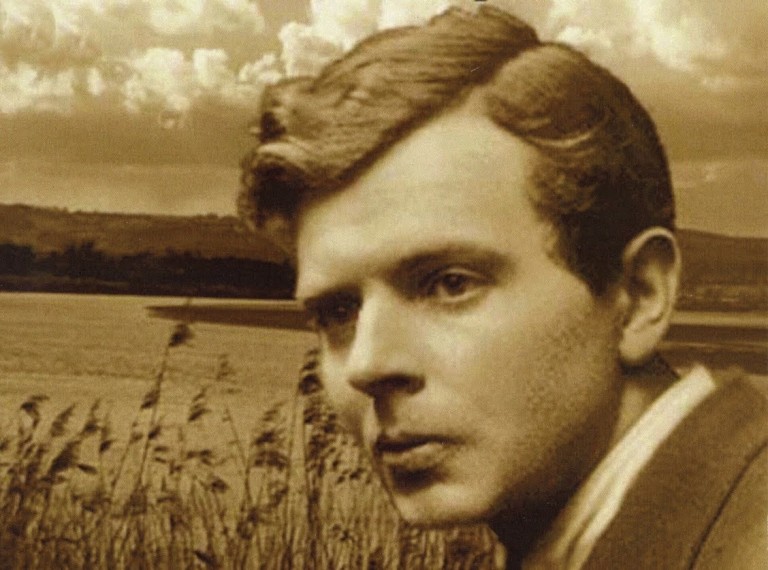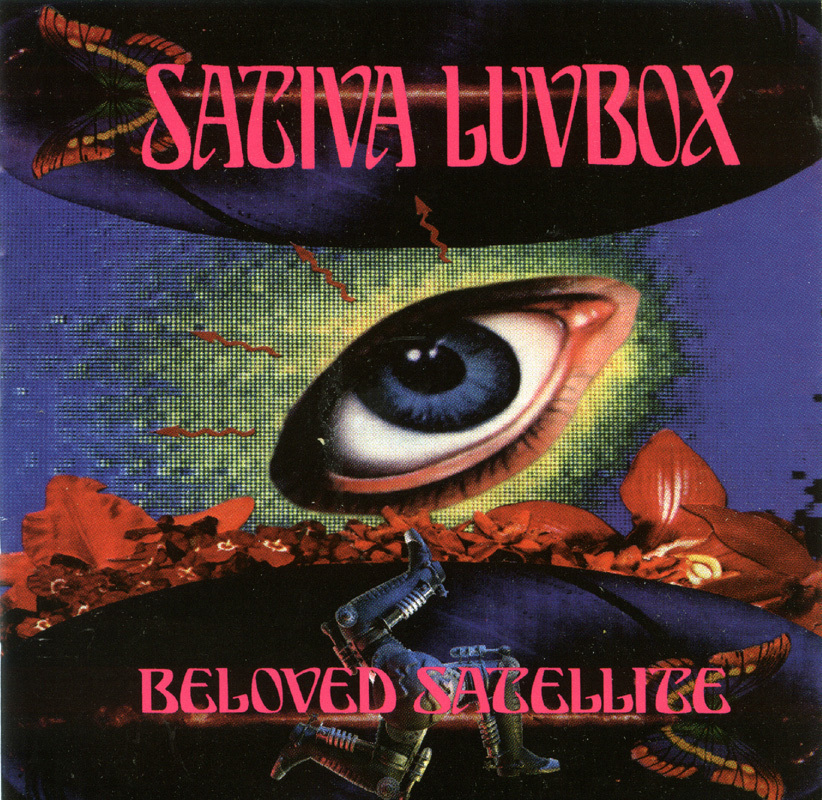 Crowded House has a tremendous personal significance for me. I have not had many days of undiluted happiness, but perhaps the best of them ended with putting on Temple of Low Men for the first time. For some strange reason, I had never heard it, though I had been familiar with other Crowded House albums for years. So I can’t be objective about the song “Into Temptation”. But I think that even without the personal associations, I would recognize it as a superbly crafted song. And that about sums up Neil Finn’s songwriting: superb craftsmanship and intelligence applied to intensely emotional subjects. I am not a sentimental person, and musical treatments of the joys and disappointments of love don’t usually tug at my heart. But nothing seems artificial or childish when Neil Finn writes it.
Crowded House has a tremendous personal significance for me. I have not had many days of undiluted happiness, but perhaps the best of them ended with putting on Temple of Low Men for the first time. For some strange reason, I had never heard it, though I had been familiar with other Crowded House albums for years. So I can’t be objective about the song “Into Temptation”. But I think that even without the personal associations, I would recognize it as a superbly crafted song. And that about sums up Neil Finn’s songwriting: superb craftsmanship and intelligence applied to intensely emotional subjects. I am not a sentimental person, and musical treatments of the joys and disappointments of love don’t usually tug at my heart. But nothing seems artificial or childish when Neil Finn writes it.
For this Focus, I’m listening to the entire corpus of Crowded House, and and much it’s predecessor Split Enz, as well as the solo work of brothers Tim and Neil Finn. My collection is fairly complete. I have all of the original Crowded House studio albums [ Crowded House (1986); Temple of Low Men (1988); Woodface (1990); Together Alone (1993)], as well as the post-breakup singles collection Afterglow (1999) and the compilation album Recurring Dream (1996), which also included three unreleased songs. In addition, I have the Bonus Live album which had a limited release as a promotion for Recurring Dream . This contains some unusual live performances, some of which eclipse the studio versions. The ten minute reworking of “Hole in the River” is a complete metamorphosis. In addition, I have a personal anthology of downloads of miscellaneous live performances, including odd-ball collaborations with Sinead O’Connor and Cheryl Crow. The only thing I’m missing is Farewell to the World (1996), their last live concert in Sidney. This is not even listed on Amazon.com, so I presume it can be found only in Australia or New Zealand. Read more »


